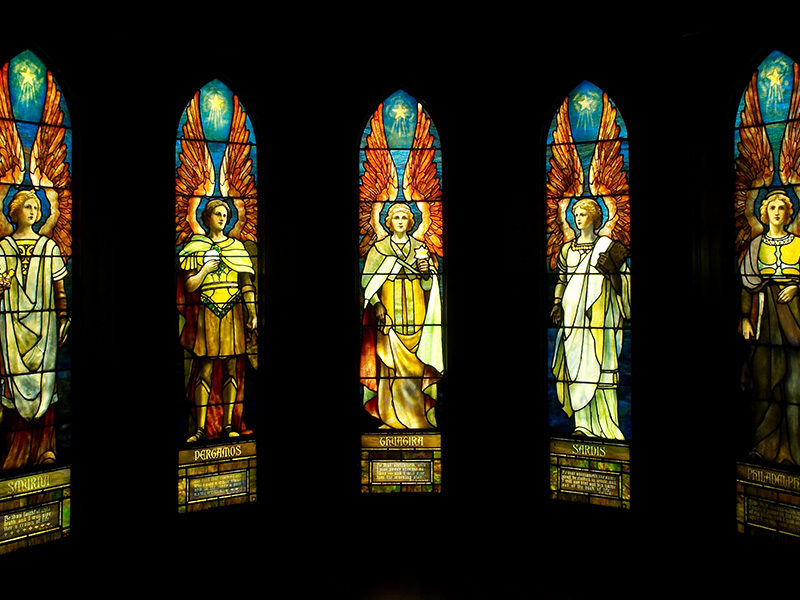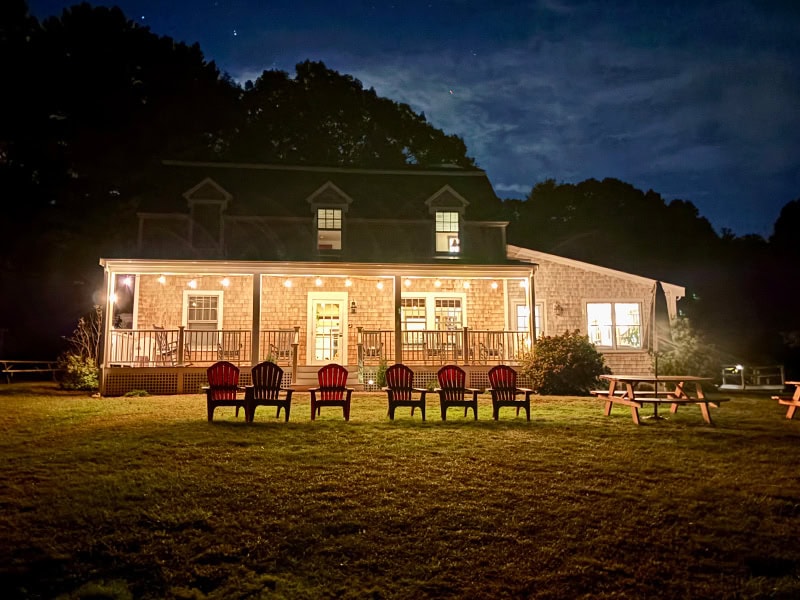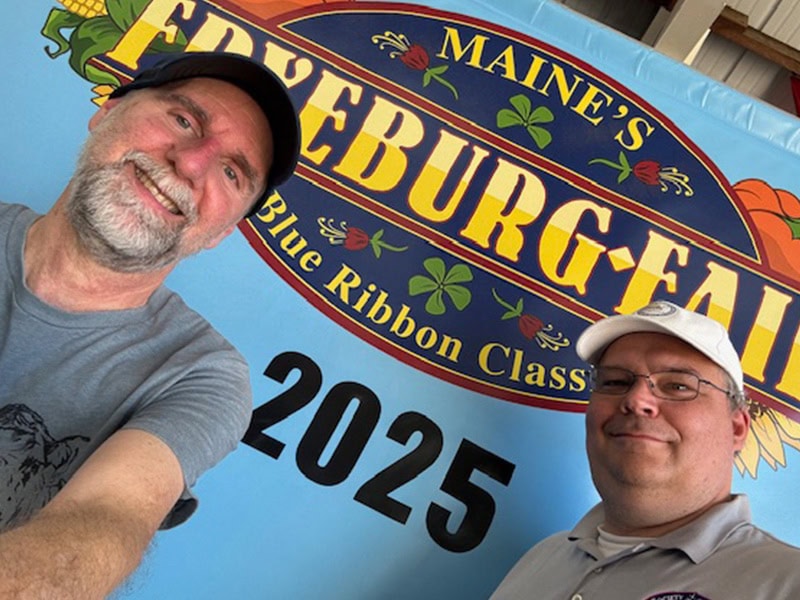Thanks to Rev. Emily Jane Lemole and her husband, Dr. Gerald Lemole, the stained-glass window series “Angels Representing the Seven Churches” designed and created in early twentieth century by Louis Comfort Tiffany, will have a new home in the Nevada Museum of Art in Reno, Nevada. The Tiffany Windows were put up to auction by the Temenos Society. The Lemoles purchased them, then scoured museums until they found a suitable location for the windows to call home.
The Tiffany angel windows were commissioned by the Swedenborgian congregation of Glendale, Ohio, as a gift to their sister church being built in 1902, the Church of the New Jerusalem, in Cincinnati. The Angel Windows were envisioned as a high altar due to the importance Emanuel Swedenborg gave to the seven angels in the Book of Revelation bringing symbolic messages from heaven. The church in Cincinnati was torn down in 1964 due to eminent domain for a highway project.
The Angel Windows were recovered and protected by a variety of loyal members in the area and later moved to Pennsylvania for an architecture project that never materialized. After many more years in storage, they emerged in 2001, thanks to the work of Rev. Susannah Currie and a team of volunteers and generous donors through creation of the non-profit In Company with Angels. The stained-glass windows were carefully restored by Art Femenella, Kathy Jordan, and their team of artisans. They were offered to museums throughout the country for temporary display and traveled over 20,000 miles to fifteen museums in almost ten years.
In their new location, they will be the centerpiece of a reimagined restaurant connected to the Nevada Museum of Art. David Walker, CEO of the museum, writes, “We envision a holistic and elegant dining experience similar to what one might have at the Musée d’Orsay in Paris, the Victoria & Albert in London, or at the Mackintosh Tea Rooms in Glasgow. All of these museum cafés bring the beauty of art outside the traditional gallery space and transform the everyday experience for visitors.”
The windows were first displayed at the Nevada Museum of Art in 2012 when In Company with Angels was contracting with museums around the country for exhibition. Chief Curator and Associate Director, Ann M. Wolfe, explains that the windows’ connection to Swedenborgian thought is also relevant to the history of our museum. Swedenborg’s background in science and his commitment to nature and the outdoors dovetails with the philosophies of our founder Dr. James Church, who was a scientist, mountaineer, art historian, and humanist.
Also of interest is an article provided to us by Ann Wolfe about the “Art, Nature, and the Genesis of the Nevada Museum of Art.” Her research led her to Rev. Dr. Jim Lawrence and Dr. Devin Zuber at the Center for Swedenborgian Studies.
A group of aspiring female artists in Nevada were encouraged and instructed in the 1920s and 30s by painter Lorenzo P. Latimer. This was an era just after the women’s suffrage movement when women were exploring their own creativity in painting the beauty around them and engaging in civic and social undertakings. Lorenzo Latimer traveled from his home in San Francisco to offer painting workshops in the Sierra and northern Nevada areas. A small group of women started the Latimer Art Club, the first arts organization in Nevada.
The Latimer Art Club was known for their rugged outdoor workshops, painting hard to reach Nevada landscapes, as their mentor had instructed them. Latimer instructed, “Go abroad to study if you can and will but return to your birthplace to do your life work. You can never feel any other inspiration like that of home…. You will paint with a deeper feeling than in any other spot” (Latimer’s article on California women).
If these ideas feel connected to our Swedenborgian teachings, there is a good reason. Lorenzo was raised by his stepmother Sarah Rich Latimer, a member of the Church of the New Jerusalem in California. Ann Wolfe writes, “Emanuel Swedenborg…emphasized the divine origin of nature and its transformational and healing power. By the time Latimer reached his teens, he was well versed in Swedenborgian theology. ‘No one could be long in Mrs. Latimer’s company without finding out she was a very firm believer in the writings of Swedenborg’ (her 1904 obituary affirmed).”
Latimer also married Jennie Phelps, a Swedenborgian, in 1893 and was inspired by the building of the current San Francisco Swedenborgian Church in 1894. He was friends with several members of the creative team that designed the now legendary Swedenborgian Church in San Francisco, including the young draftsman Bernard Maybeck, who would go on to become one of the legends of California architecture. Another friend, the artist William Keith, at the time the most celebrated landscape artist on the West Coast, contributed four seasonal landscape murals for the north side of the nave. Rev. Joseph Worcester, the spiritual Swedenborgian visionary, was behind the design of the exposed arching madrone trunks for beams and the natural interior of unpainted redwood and cement walls and a massive fireplace. Latimer’s work embodied the Swedenborgian principles entwining the beauty and spiritual aspects of nature to move the enlightened observer to a higher realm.
As the Nevada Museum of Art continues its renovation and expansion; Tiffany’s Swedenborgian Angel Windows have traveled from Pennsylvania and await their transfer to Reno from storage in San Francisco. When they arrive in Nevada, they will enhance diners’ and visitors’ experience with exquisite art in stained-glass. Once again, the sacred windows will extend to viewers a touch of heaven and the lessons revealed by Emanuel Swedenborg through the seven angels of Revelation, as they did in the Swedenborgian New Jerusalem Church of Cincinnati over 100 years ago.




